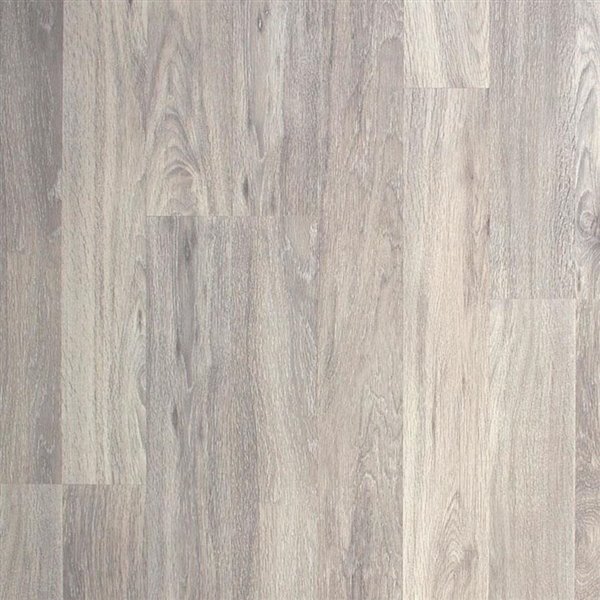How to Choose Laminate Flooring and Maintain Your Floors
Laminate Wood Flooring
If you want something that brings about the feeling of wood but do not want to spend too much on it, then you definitely should go with laminate. Laminate flooring resembles hardwood and is a more budget-friendly option. Laminated wood has four layers, a tread or wear layer, decorative layer, a core layer and a backing layer. The below infographic will give you a better understanding. There are also a wide variety of laminate flooring colours to choose from: Grey, white and dark laminate flooring.
Source: https://www.homedepot.ca/en/home/ideas-how-to/floors/how-to-choose-laminate-flooring.html
1. The Wear Layer – seals the Decorative layer underneath. This layer prevents the floor from damages due to scratching, UV rays, burning ash and chemicals. Most popular wear layers are made of a melamine resin-based coating, while some have a multi-step lacquer finish.
2. The Decorative Layer – gives the laminate floor the look of an actual hardwood or tile floor. It is a high definition photographic print (either on paper or directly to the core layer) of a particular wood species.
3. The Core Layer – is made of High Density Fibreboard, making the laminate durable and resistant to high impact.
4. The Backing Layer – is the bottom base layer that gives the laminate additional stability and makes the laminate a floating floor.
Choose the best Type of Laminate Hardwood Flooring
There are various options for laminate thicknesses, in which thicker laminates will be helpful for sound dampening and stability. Hand-scraped laminate flooring looks like restored hardwood with lightly brush grain textures. Embossed laminate flooring imitates the grain of real wood, so it feels and looks more authentically, while Smooth laminate does not look like wood but has a glossy and smooth finish. Most hardwood laminate is resistant to water to a certain degree, however exposure to water for too long can still cause damage. So you need to keep this in mind if you are looking for kitchen or bathroom laminate flooring.
Smooth Laminate.
Source: https://www.lowes.ca/product/laminate-flooring/style-selections-dockside-oak-807-in-w-x-397-ft-l-smooth-wood-plank-laminate-flooring-421855
Hand scraped Laminate
Source: https://www.homedepot.ca/product/trafficmaster-farmstead-hickory-12-mm-thick-x-6-1-16-in-w-x-47-17-32-in-l-laminate-flooring-14-sq-ft-case-/1000802752
Embossed Laminate
Source: https://www.lowes.ca/product/laminate-flooring/kronotex-raven-ridge-harbour-oak-74-in-w-x-451-ft-l-embossed-wood-plank-laminate-flooring-561007
Water-Resistant Laminate Flooring
While there is no 100% waterproof laminate flooring, most laminate is water-resistant. Some brands such as Lifeproof® have design features like high-density foam core, edges treated with wax and an interlock system in order to reduce water damage and maintain the beauty of the floors.
What is an Abrasion Criteria (AC) rating?
The Abrasion Criteria (AC) rating indicates recommended usages for laminate floors on a scale from 1 to 5. The higher the number, the more durable the laminate.
No. 1: Extremely light foot traffic; good for bedrooms
No. 2: Moderate foot traffic; good for living rooms
No. 3: Heavy residential traffic; good for all areas
No. 4: Residential or commercial traffic
No. 5: Heavy commercial traffic
Tips for Installing Laminate Flooring
A thin underlayment is needed when installing laminate floors. This layer helps create the sound of walking on a real hardwood floor and makes softer movements. For easy installation and noise reduction, some laminates come with built-in underlayment.
Even with pre-attached underlayment, when laminate flooring is installed over concrete or below grade, a poly-vapour barrier of around 6mm is required to block any moisture from damaging your new floor.
Cleaning your Laminate Flooring
Vacuuming and dry-mopping is good enough to maintain laminate floors, but you should not use a rough-bristled broom to sweep since it may scratch the floors.
Make sure to use the laminate cleaner when washing the floors, by spraying the cleaner onto a microfiber cloth directly. Avoid the use of wet jets, steam mops, regular detergents, soaps and wax products, since they will cause your laminate floors to dull over time.
In case of minor damage, furniture markers that match your floor can be used. In worse cases, you may have to replace laminate planks.




